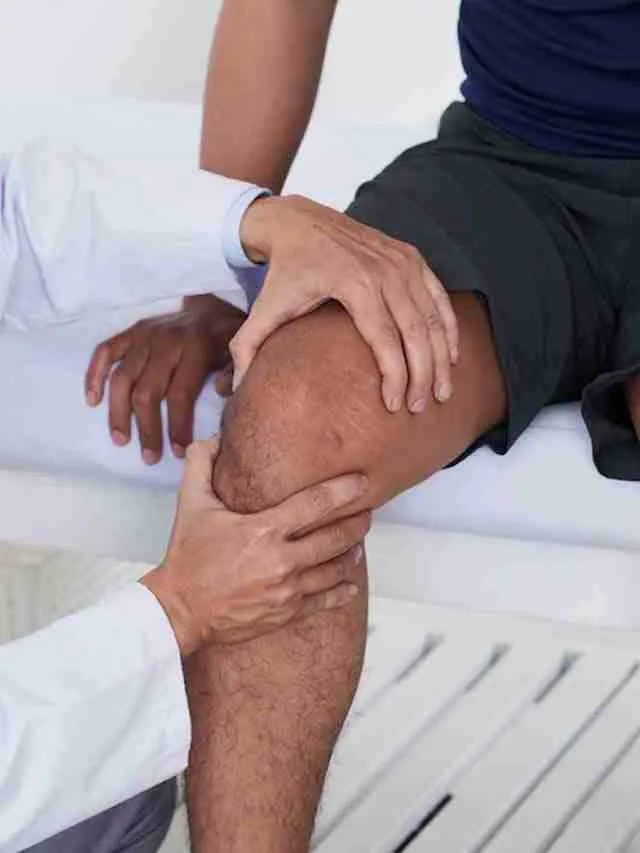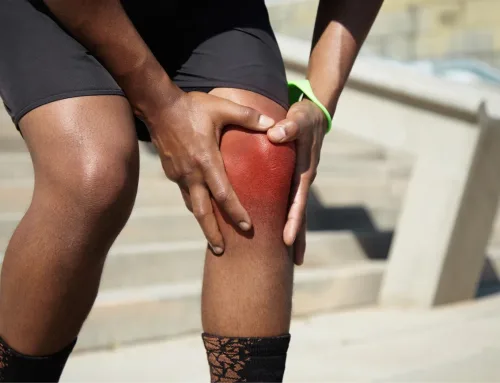Did I Tear my Meniscus?
Meniscus injuries are common problems in the American population. Many meniscus injuries occur during an acute event where the knee was “sprained” during impact or sudden twisting injuries. As we age, tears can occur spontaneously as part of the degenerative process as the knee is developing arthritis. Patients often complain of swelling, pain on the medial (inside) or lateral (outside) of the knee, and may have trouble walking. Some patients notice that their knee is catching or locking in certain
positions.
What is the Meniscus?
The meniscus is fibrocartilage between the femur (thigh) and tibia (shin) bones. There are two menisci that are C-shaped, one on the medial (inside) and one on the lateral (outside) aspect of the knee. The meniscus disperses the forces that are placed on the knee during activity, reducing the stress on the cartilage of the knee. The menisci also play a role in the stability of your knee.
Diagnosis of a meniscus tear
The diagnosis of the meniscus tear is typically done by a physician. Your physician will perform a physical exam and order x-rays. He may consider a trial of non-operative treatment, or obtain an MRI. An MRI is usually successful in identifying menisci tears. Menisci tears that cause mechanical symptoms such as locking or catching may be secondary to a bucket-handle tear. This is a specific type of tear that can flip up and cause the inability to completely flex or extend the knee. This type of tear requires more prompt treatment.
Treatment
Nonoperative treatment is usually considered for patients who do not have mechanical symptoms, in an older population, and in menisci that are not-repairable. Non-operative treatment of meniscus tears typically involves the use of several interventions including:
- physical therapy to regain motion and strength
- ice and compression to minimize swelling
- corticosteroid injections to minimize inflammation and pain
- Over-the-counter pain medications to minimize pain and inflammation
Surgical treatment of meniscus tears with either a repair or a resection depends on the location of the meniscus tear. The meniscus has two zones: the red zone and the white zone. The red-zone of the meniscus has a good blood supply and is often repairable. The white-zone of the meniscus is typically in an area where the blood supply is poor. Repair of the meniscus in this zone often leads to failure and unsatisfactory outcomes.
There are multiple techniques for meniscus repair. Meniscus repair often requires a longer period of recovery. This is often dependent on the rehabilitation protocol of your physician. Meniscectomy or meniscus resection may lead to a faster recovery compared to meniscus repair and is generally considered in all younger, more athletic patients.





